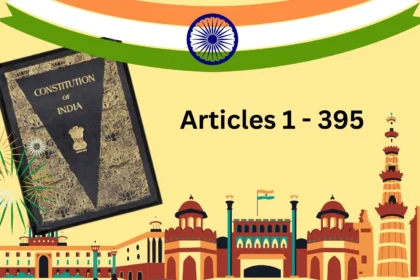Times Darpan
Explore, Learn and Grow
Explore the world of tutorials with timesdarpan.com, We offers a complete range of web tutorials, academic tutorials, app tutorials, and much more to help you stay ahead in the digital world.









